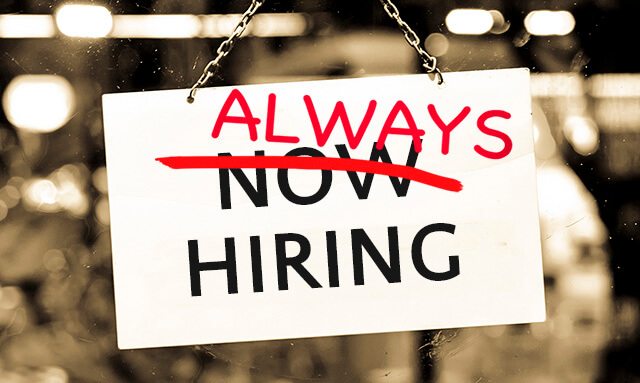5 Tips to Help Reduce Retail Employee Turnover and Train Your Staff to Be Successful
Imagine this:
-
You have an employee who has been with you for over 3 months make a policy or procedural mistake and when confronted about it, they respond by saying, “No one ever told me that?”
-
During the training of a new employee, you become interrupted and forget to come back and completely finish what you were covering at the time.
-
You teach a new hire how to do a specific task and even have them verbally confirm that they understand how to do it. Then when the task is performed you wonder if they were even in the same room as you when you taught them.
-
You just hired a new employee and then within the first 3 months they up and quit for no apparent reason. If that wasn’t enough, then that person takes another job for less pay and with less opportunity.

